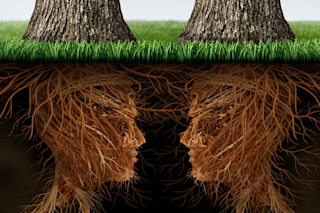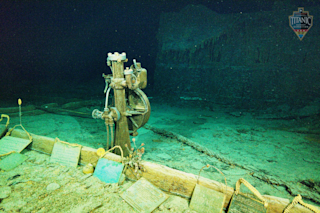About 34 years ago, Frank Sugihara recalls, he and Leo Kline, a fellow microbiologist, set out to "solve the mystery of San Francisco sourdough." The two scientists were working with baker's yeast in a Bay Area lab run by the U.S. Department of Agriculture, so perhaps it was inevitable they'd wind up studying San Francisco's signature bread.
This crusty loaf, with its chewy bite and sharp acidulated tang, was a long way from Wonder Bread, and few tourists left the airport without a loaf. Local lore attributed the bread to Basque migrants from the Pyrenees who arrived in San Francisco during the gold rush. Local bakers swore that no one could reproduce it outside a 50-mile radius of the city. When they gave dough to bakeries elsewhere, it inexplicably lost its "sour." But was it — is it — truly unique? Sugihara laughs. "It's hard to say."
The practice of ...













